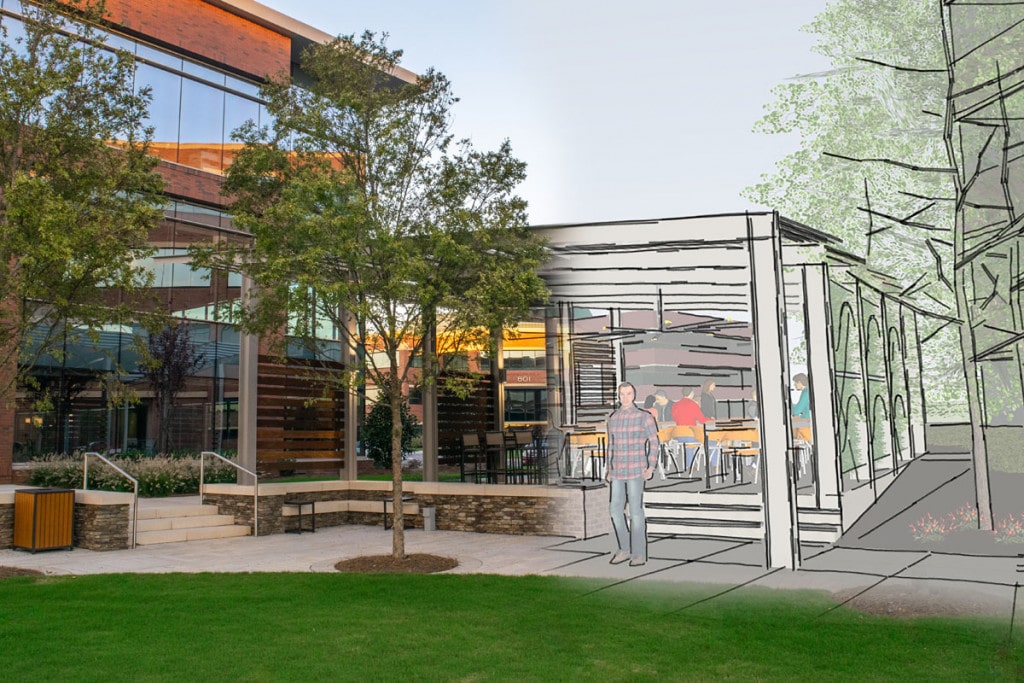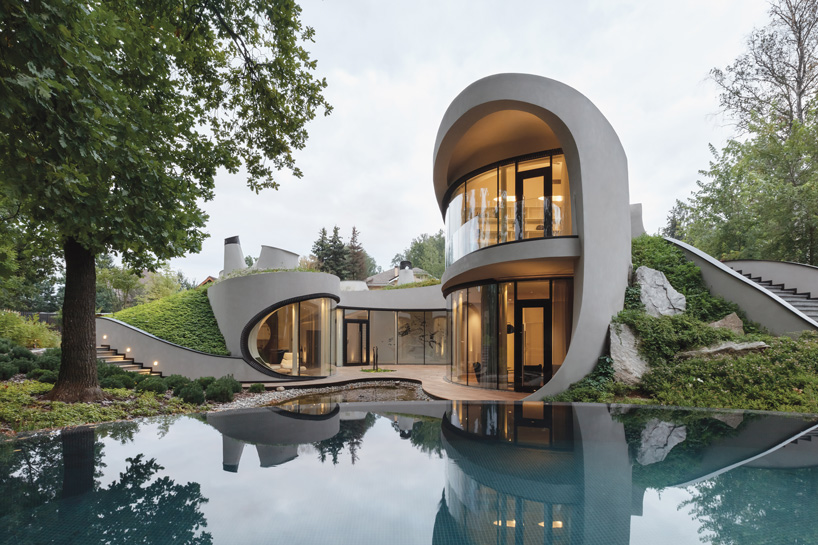The Creative Refine Behind Effective Tasks from CDA Architects
The Creative Refine Behind Effective Tasks from CDA Architects
Blog Article
A Detailed Introduction of Building Styles and Their Influence on Modern City Preparation and Growth
Architectural styles have actually long acted as a mirror to the social values and technological advancements of their time, playing an essential duty fit contemporary city planning and development. From the majesty of Neoclassicism to the practical method of Brutalism, each design has actually introduced unique principles that influence urban visual appeals and capability. As modern challenges arise, consisting of sustainability and community demands, comprehending these historical frameworks becomes essential. The resulting discussion not only educates future style practices however likewise raises pertinent inquiries about the equilibrium between heritage and technology in our developing city landscapes.

Historical Review of Building Styles
Throughout background, architectural styles have actually developed in response to cultural, technical, and ecological factors. Each duration reflects the prevailing values, beliefs, and innovations of its time, bring about an abundant tapestry of style that signifies human creativity and adjustment. The old civilizations, such as the Egyptians and Greeks, established fundamental designs that highlighted balance and proportion, serving both practical and visual purposes.
As cultures transitioned through the Center Ages, Gothic design arised, defined by its verticality and complex outlining, matching the spiritual aspirations of the period. The Renaissance marked a resurgence of classic suitables, combining art and style in cutting-edge manner ins which affected succeeding styles across Europe.
The Industrial Revolution introduced brand-new products and building methods, prompting movements like Innovation, which challenged standard kinds and embraced simpleness and functionality. The 20th century saw a diversity of designs, with Postmodernism reacting versus the raw minimalism of its precursor, incorporating historic referrals and diverse elements.
Today, building designs remain to advance, driven by globalization and sustainability issues, showing a dynamic interplay between heritage and advancement (cda architects). This historical introduction highlights the value of architecture as a mirror of societal advancement and as a stimulant for city advancement
Secret Architectural Styles Explained
The variety of building styles shows the myriad impacts that form our built setting, each symbolizing distinctive features and cultural importances. Secret architectural styles include Classic, Gothic, Baroque, Innovation, and Postmodernism, each representing distinct historical contexts and visual philosophies.
Timeless architecture, rooted in old Greece and Rome, highlights symmetry, percentage, and making use of columns. In contrast, Gothic style, prospering in the Middle Ages, is defined by pointed arcs, ribbed safes, and flying buttresses, creating a spiritual top quality in basilicas. Baroque architecture, emerging in the 17th century, is noted by magnificence, elaborate decoration, and a dynamic interplay of light and darkness.
Modernism, which obtained momentum in the very early 20th century, prioritizes feature over kind, utilizing brand-new materials like steel and glass to develop minimalist frameworks. Postmodernism, responding versus the austerity of Modernism, accepts eclecticism and historic referral, often integrating playful components and irony.
Understanding these designs supplies insight right into the social stories and technical improvements of their particular periods, highlighting how design offers not equally as a sanctuary, yet as a representation of social worths and goals.
Effect On Urban Preparation
In shaping the development of cities, architectural styles considerably affect city planning choices. The option of architectural design usually dictates the appearances, capability, and general character of city settings.
Moreover, architectural designs can affect zoning policies and land use plans. Urban planners must think about the prevailing architectural trends when making districts, guaranteeing that brand-new developments integrate with existing frameworks. This factor to consider cultivates cohesive metropolitan landscapes and improves area identity.
The implementation of certain architectural designs can additionally influence socioeconomic aspects within a city. Premium contemporary designs might attract affluent homeowners and companies, leading to gentrification, while extra inexpensive housing remedies might prioritize useful and sustainable designs to fit varied populations. Inevitably, the interaction in between architectural designs and city planning creates dynamic cities that show both historic context and modern needs, shaping the lived experiences of their citizens.
Sustainability and Modern Architecture

Contemporary building movements, such as biophilic layout and green architecture, advocate for frameworks that harmonize with their environments, utilizing natural products and promoting biodiversity. her response These designs commonly incorporate renewable resource sources, such as photovoltaic panels and wind turbines, to decrease dependence on fossil fuels and reduced carbon impacts.
Furthermore, the assimilation of advanced innovations, such as clever structure systems, enhances energy monitoring, optimizing resource use while ensuring resident convenience. Cutting-edge water management techniques, consisting of rain harvesting and greywater recycling, further contribute to sustainable metropolitan settings.
Significantly, sustainability prolongs past environmental worries; it incorporates social and financial measurements. By cultivating area health and advertising inclusivity, modern architectural styles align with sustainable development goals. Consequently, the evolution of architectural practices remains to shape resistant cities that not only fulfill the demands of the here and now however additionally guard the future for generations ahead.
Community Engagement in Layout
Area involvement in style functions as a vital bridge between architects and the populations they offer, making sure that the developed atmosphere reflects the demands and ambitions of its users. This collaborative procedure welcomes community participants to add their insights and choices, cultivating a sense of possession and obligation toward the rooms they populate.
Effective area interaction employs numerous techniques, such as workshops, surveys, and public discussion forums, his explanation to gather diverse point of views. These methods facilitate a two-way discussion, allowing designers to understand neighborhood contexts while equipping residents to articulate their concerns and wishes. This inclusivity not only boosts the layout top quality but additionally advertises social equity by dealing with the special obstacles encountered by marginalized teams.
Moreover, neighborhood involvement can cause innovative services that may not arise in a traditional design process. By integrating regional understanding and social values, engineers can produce rooms that reverberate even more deeply with individuals, boosting use and sustainability. Eventually, focusing on area engagement in layout processes leads to settings that support social interactions, support wellness, and reinforce community ties, therefore playing an essential duty fit modern metropolitan landscapes.
Final Thought
Building designs have profoundly influenced contemporary city preparation and growth, mirroring developing cultural and technological contexts. The combination of historic aesthetic appeals with modern demands cultivates city environments that prioritize sustainability and area interaction. As cities proceed to Extra resources expand and adjust, the recurring discussion in between building heritage and contemporary style concepts will certainly remain important in producing inclusive, dynamic areas that enhance lifestyle and promote social equity. The future of urban advancement rest on this harmonious balance.
Report this page